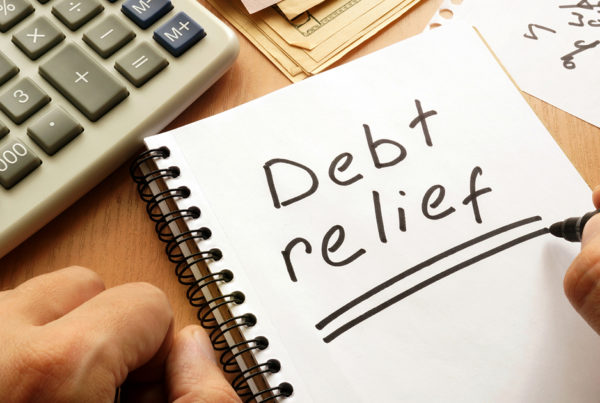The holidays are in the rear-view mirror but that doesn’t mean the monthly credit card statements have stopped. In reality, you might now be feeling the sting from the holiday splurges.
According to magnifymoney by Lending Tree, about one-third of consumers used debt to pay for holiday expenses in 2020. Notably, debt incurred this past holiday season averaged $1,381.
Making consistent monthly payments on-time is critical to pay off credit card debt. One of your top financial goals should be focused on eliminating credit card debt in an attempt to avoid impact to your credit score or overall financial health.
Check out these tips to help move beyond recent holiday credit card debt.
1. Understand Your Credit Card Debt
Step one, in order to determine your path to pay off credit card debt, you need to understand where you currently stand. Review balances on all credit cards and note the interest rates on each.
2. Determine a Payment Strategy
There are several standard methods for paying off credit card debt faster. Two common methods of reducing debt balances include the snowball method and avalanche method.
The Snowball Method
Make the minimum payment for each card. Then, allocate any additional money remaining to the card with the smallest balance, with the goal to pay off the card with the smallest balance first. This method encourages individuals to stay motivated to pay off credit card debt completely. Celebrate the small victories of paying off each credit card, one by one until the largest is paid off completely.
The Avalanche Method
Considered the opposite of the prior method, this method focuses on conquering the card balance with the highest interest rate first while paying minimum payment amounts on remaining cards. While this method can take longer to feel like you’re making progress, you are able to save more money on interest.
3. Consider Consolidating Debt
Balance Transfer Card Alternative
Oftentimes, credit cards have high interest rates which means you’ll be paying a big chunk of money on high interest instead of toward the debt balance. Another option to save money when paying off credit card debt is to transfer high-interest credit card balances to a low-interest or no-interest credit card.
To be effective, you’ll need to completely stop using the card for new transactions and pay off the debt by the card’s promotional period dates. Individuals should also be aware of transfer fees which may impact the balance amount transferred to the new card.
Personal Loan Options
Personal loans traditionally have lower interest rates than credit cards which can help with debt consolidation. While personal loans may be a valid option to pay down debt, there may be additional fees associated with the loan.
Not sure which debt consolidation option would be best for you? Check out our financial resources here, or schedule a time to meet with us to discuss your debt or credit card consolidation plans.
4. Discuss Options with Creditors
Discuss available options with your credit card issuer to negotiate payment terms or other alternatives to help pay down debt. The discussion could, at the very least, provide lower, more affordable interest rates for better payments.
Use these tips to limit further impact to your overall financial situation and move beyond recent holiday debt. In order to avoid future credit card debt, make it your goal to develop a budget and build your savings throughout the year.






 Federally Insured by NCUA |
Federally Insured by NCUA |  Equal Housing Opportunity |
Equal Housing Opportunity |